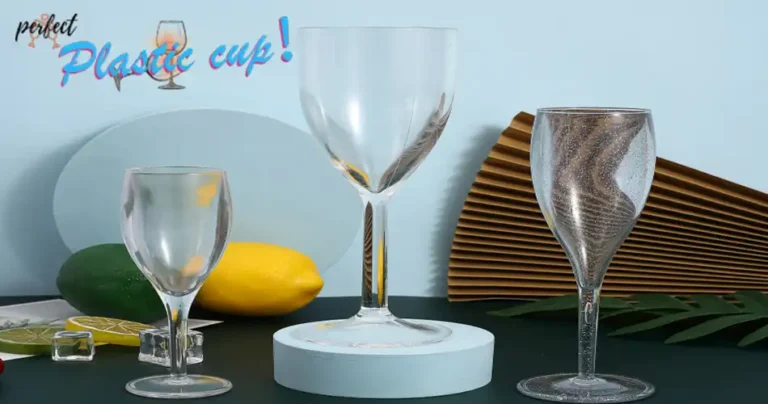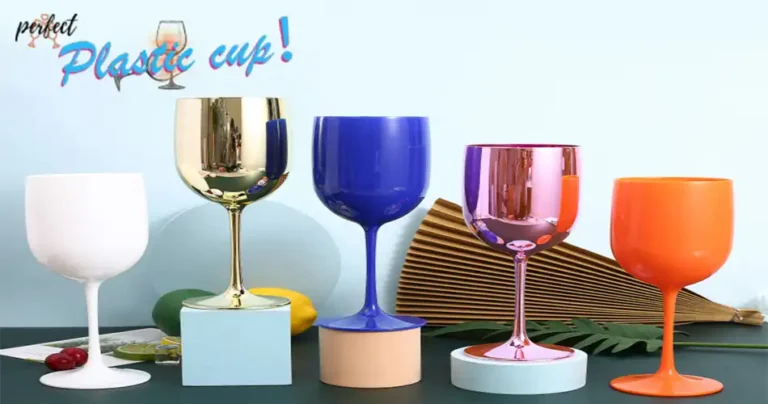Hygienic safety of disposable plastic cups with lids
The hygienic safety of disposable plastic cups with lids mainly involves the safety of materials, the hygienic standards of the production process, and the hygienic maintenance during use. Plastic cup factories must follow strict hygienic standards during the production process to ensure that the products do not contain harmful substances, such as BPA (bisphenol A) and other harmful chemicals. At the same time, Plastic cup manufacturers need to pass relevant certifications, such as FDA (US Food and Drug Administration) certifications, to ensure the safety of products. Disposable plastic cups with lids, as a convenient beverage container, have significant hygienic and usage advantages.
Hygienic safety needs to be considered from multiple aspects such as the selection of disposable plastic cups materials, production processes, and use environment. Disposable plastic cups with lids have good sealing performance, which not only improves the user experience, but also prevents some dust and other dirty things from falling off. When selecting and purchasing plastic disposable cups with lids, it is necessary to comprehensively consider material safety, sealing performance, thickness selection, and environmental protection to select the most suitable plastic cup products.
Although the biggest hygienic advantage of using disposable plastic cups is that they can be discarded after each use, avoiding the problem of bacterial growth that may be caused by repeated use. However, this also depends on the hygienic conditions of the production and storage process. If the production environment is not clean or it is contaminated during storage, the hygienic safety of the plastic cup will be greatly reduced.
Benefits of using plastic disposable cups with lids with sealing
Plastic disposable cups with lids with sealing have many benefits, especially in terms of heat preservation, dust prevention and splash prevention. Good sealing performance can effectively prevent beverages from being contaminated by the outside world, extend the insulation time of beverages, and improve user experience. Disposable plastic cups with lids are particularly important for occasions where the temperature of beverages needs to be maintained for a long time, such as meetings, outdoor activities and long parties. They are all a very good choice.
Disposable plastic cups with lids with strong sealing can also reduce the volatilization of beverages and keep the freshness of beverages. This is especially important for hot and cold drinks, because hot drinks need to maintain temperature, while cold drinks need to prevent melting and water loss. The improvement of sealing performance not only improves the user experience, but also reduces resource waste to a certain extent, because users do not need to change beverages frequently.
How to choose the thickness of disposable plastic cups lids
The thickness of disposable plastic cups lids is an important consideration when purchasing disposable plastic cups, because the appropriate thickness not only affects the durability and sealing performance of the product, but also affects the user’s experience and environmental protection when using disposable plastic cups with lids. Here are some aspects to consider when choosing thickness:
Durability: Thicker disposable plastic cups lids are generally more durable, less likely to break or deform, and are suitable for occasions that require long-term use. However, overly thick cup lids may increase production costs and burden on the environment.
Sealing performance: The appropriate thickness helps improve the sealing performance of plastic cup lids and prevent beverage leakage and contamination. Generally, a thickness of 0.2 mm to 0.3 mm can maintain appropriate flexibility while ensuring sealing.
Balance: Thinner disposable plastic cups with lids usually perform better in this regard, but the relationship between thickness and environmental protection needs to be balanced.
What issues should be paid attention to when choosing plastic cups with lids disposable
When choosing plastic cups with lids disposable, you need to pay attention to the following key issues:
Material safety: Make sure that the cup material does not contain harmful chemicals such as BPA. Choose certified products, such as FDA certification, to ensure that the product meets safety standards.
Sealing performance: Good sealing performance is the key to ensuring hygiene and usage experience. Check whether the design of disposable plastic cups with lids can effectively prevent leakage and contamination.
Thickness selection: The thickness of disposable plastic cups lids directly affects its durability and sealing performance. Too thin plastic cups are prone to deformation and leakage, while too thick ones may increase costs and burden on the environment. Generally speaking, cups with a thickness between 0.2 mm and 0.3 mm can maintain appropriate flexibility while ensuring sealing.
Production process: Understand the production process and quality control measures of disposable plastic cups with lids manufacturers to ensure product consistency and reliability.
Environmental protection: Consider the degradability and recyclability of the product, and choose plastic disposable cups made of environmentally friendly materials to reduce the impact on the environment.







